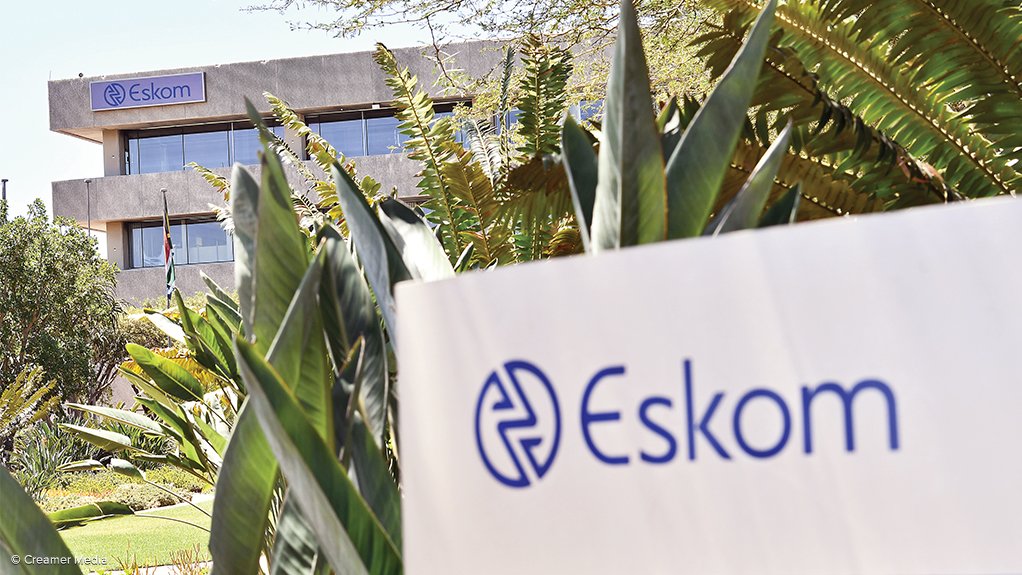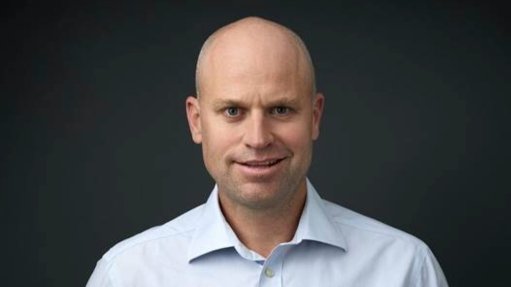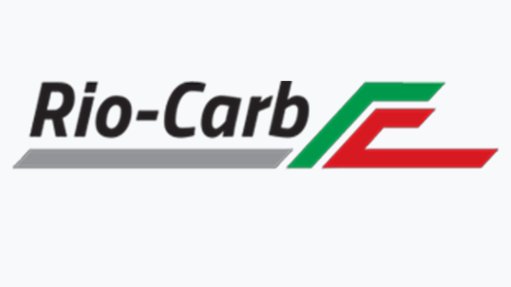Details of Eskom debt relief to be unveiled in Feb as loadshedding crimps growth outlook
Finance Minister Enoch Godongwana has confirmed that government will take over between one-third and two-thirds of Eskom’s R400-billion debt, as intense loadshedding, which government expects to persist for 18 months, contributed to a downward revision to the country’s growth outlook.
The National Treasury is now forecasting real gross domestic product growth of only 1.9% for 2022, having projected growth of 2.1% in the 2022 Budget Review published in February.
Delivering his Medium-Term Budget Policy Statement (MTBPS) to Parliamentarians in the Cape Town City Hall during ongoing power cuts, Godongwana said details of the debt-relief package, along with the conditions, would be outlined during the 2023 Budget, in February.
Godongwana’s decision to delay an announcement on the structure and scale of the relief package was unexpected, given the broad-based expectation that the package, which has been on the cards for years, would be finally unveiled during the MTPBS.
These expectations were reinforced by the July 25 address of President Cyril Ramaphosa, when he signalled that debt relief would be part of the interventions being pursued to tackle intensifying loadshedding.
Alexforbes chief economist Isaah Mhlanga, who expected a R200-billion debt-relief package, said that markets, investors, and credit rating agencies expected some solution so that they could properly assess South Africa’s fiscal position and, therefore, its credit rating.
The Minister described the matter as complex and requiring consultation with bondholders before it was implemented.
He said the intervention, once finalised, should permanently ease financial pressure on the utility, so as to enable it to implement its unbundling into three units of generation, transmission and distribution, while freeing up resources for investment by these units.
It would also be designed to ensure that the utility – identified as the largest long-term risk to the economy, owing to its high debt levels and unsustainable business model – no longer relied on government bail-outs.
“While the selection of the relevant debt instruments and the method of effecting the relief is still to be determined, the quantum is expected to be between one-third and two-thirds of Eskom’s current debt,” he said, indicating that both guaranteed and non-guaranteed debt was being considered.
He stressed, too, that the size of the transfer would also depend on the tariff increase Eskom received for implementation over the next two years and that the relief was unlikely to be implemented in a single fiscal year.
In 2019, government announced a R230-billion support package for Eskom and R140-billion of that package had already been disbursed, with another R21.9-billion injection earmarked for the 2022/23 financial year.
In addition, Eskom represented a large component of the contingent liabilities outlined in the national accounts, which stood at R758-billion and were expected to breach the R1-trillion level in 2024/25.
The National Treasury’s guarantee exposure increased from R567-billion in 2020/21 to R594-billion by March 31, driven largely by further drawdowns by Eskom, which accounts for 78% of guarantees to State-owned companies.
“The National Treasury is leading a process to finalise a debt relief programme designed to restore Eskom to efficiency and financial sustainability.
“The specifics of the programme, including the selection of the relevant debt instruments and the method of effecting the relief, are still being finalised.”
STRICT CONDITIONS
Nevertheless, the National Treasury insisted that the programme would include “strict conditions” on Eskom and other stakeholders before and during the debt transfer.
The identity of the other stakeholders was not provided, but is expected to include the National Energy Regulator of South Africa, whose decision to exclude a R69-billion National Treasury injection from Eskom’s allowable revenue in a tariff determination neutralised the effectiveness of the injection in stabilising the utility’s finances. That decision was subsequently overturned by Eskom in the courts.
“These conditions will address Eskom’s structural challenges by managing its costs, addressing arrears due to the utility, and providing greater clarity and transparency in tariff pricing,” the National Treasury said, indicating that the timeous execution of measures to address the sustainability of the newly unbundled businesses would be among the conditions.
“In addition, the conditions will be informed by an independent review of Eskom’s operations.”
The National Treasury acknowledged, however, that debt relief alone would not solve Eskom’s problems and would be pursued as part of a “comprehensive approach” to address the utility’s challenges.
“Eskom does not generate sufficient revenues or control its costs.
“Nevertheless, a new Eskom board has been appointed to improve leadership and expertise, and its unbundling into three separate companies is under way.
“Reducing its debt will ease financial pressure on the utility, enabling it to implement a viable unbundling process and freeing resources for investment in critical electricity supply,” the MTBPS statement reads.
The MTBPS statement indicated that there had already been 4 197 GWh of rotational cuts implement in 2022, making it South Africa’s worst-ever year for loadshedding to date and dwarfing the 1 775 GWh of 2021, previously regarded as the worst year for power cuts.
“Loadshedding has been a feature of South African life since 2007.
“A decade and a half of this binding energy constraint has discouraged investment and weighed on economic growth and job creation.
“Increasing the supply and reliability of energy is a key part of economic growth reforms, and new measures to achieve this include greater scope for private-sector generation of electricity.”
Article Enquiry
Email Article
Save Article
Feedback
To advertise email advertising@creamermedia.co.za or click here
Comments
Announcements
What's On
Subscribe to improve your user experience...
Option 1 (equivalent of R125 a month):
Receive a weekly copy of Creamer Media's Engineering News & Mining Weekly magazine
(print copy for those in South Africa and e-magazine for those outside of South Africa)
Receive daily email newsletters
Access to full search results
Access archive of magazine back copies
Access to Projects in Progress
Access to ONE Research Report of your choice in PDF format
Option 2 (equivalent of R375 a month):
All benefits from Option 1
PLUS
Access to Creamer Media's Research Channel Africa for ALL Research Reports, in PDF format, on various industrial and mining sectors
including Electricity; Water; Energy Transition; Hydrogen; Roads, Rail and Ports; Coal; Gold; Platinum; Battery Metals; etc.
Already a subscriber?
Forgotten your password?
Receive weekly copy of Creamer Media's Engineering News & Mining Weekly magazine (print copy for those in South Africa and e-magazine for those outside of South Africa)
➕
Recieve daily email newsletters
➕
Access to full search results
➕
Access archive of magazine back copies
➕
Access to Projects in Progress
➕
Access to ONE Research Report of your choice in PDF format
RESEARCH CHANNEL AFRICA
R4500 (equivalent of R375 a month)
SUBSCRIBEAll benefits from Option 1
➕
Access to Creamer Media's Research Channel Africa for ALL Research Reports on various industrial and mining sectors, in PDF format, including on:
Electricity
➕
Water
➕
Energy Transition
➕
Hydrogen
➕
Roads, Rail and Ports
➕
Coal
➕
Gold
➕
Platinum
➕
Battery Metals
➕
etc.
Receive all benefits from Option 1 or Option 2 delivered to numerous people at your company
➕
Multiple User names and Passwords for simultaneous log-ins
➕
Intranet integration access to all in your organisation





















